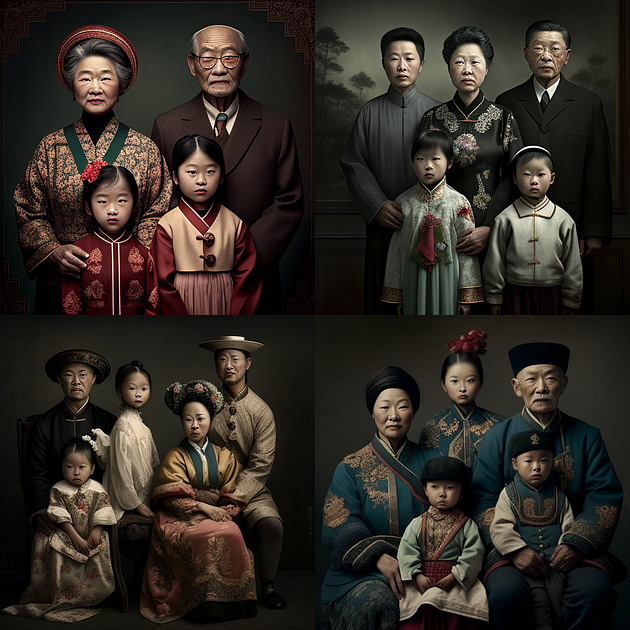
In the past few years, the popularity of serverless technologies has been increasing rapidly. Serverless computing is a model that allows developers to build and run applications without worrying about the underlying infrastructure. One such technology is Supabase, a cloud-hosted open-source alternative to Google’s Firebase.
Supabase offers a wide range of features, including authentication, real-time database, serverless functions, storage, and more. In this article, we will explore Supabase in detail, including its features, benefits, and use cases. We will also compare it with other serverless technologies and explore its limitations.
What is Supabase?
Supabase is an open-source Backend-as-a-Service (BaaS) solution that provides developers with a set of tools to build web and mobile applications. It is built on top of PostgreSQL, a powerful relational database, and offers a wide range of features, including authentication, real-time database, serverless functions, storage, and more.
Supabase aims to provide developers with a flexible and scalable platform to build applications quickly and easily. It offers an easy-to-use dashboard, a powerful API, and a set of SDKs for various programming languages, including JavaScript, TypeScript, and Python.
Supabase Features
Supabase offers a wide range of features that can help developers build modern web and mobile applications quickly and easily. Here are some of the key features of Supabase:
- Authentication: Supabase provides built-in authentication support for various providers, including email and password, social login, and external OAuth providers. It also offers features like email verification, password reset, and customisable sign-up and login pages.
- Real-time database: Supabase offers a real-time database that allows developers to build applications with real-time updates. It uses PostgreSQL’s built-in Pub/Sub capabilities to provide real-time updates to clients.
- Serverless functions: Supabase provides a serverless function platform that allows developers to run server-side code without worrying about the underlying infrastructure. It supports various programming languages, including JavaScript, TypeScript, and Python.
- Storage: Supabase provides cloud storage for files and media, including images, audio, and video. It supports various file formats and offers an easy-to-use API for uploading and retrieving files.
- API: Supabase provides a powerful API that allows developers to interact with their data using REST and GraphQL endpoints. It also supports webhooks, allowing developers to trigger events based on data changes.
Benefits of using Supabase
- Open-source: Supabase is an open-source solution, which means that developers can view and contribute to its source code. This provides transparency and allows developers to customise the platform to meet their specific needs.
- Easy to use: Supabase provides an easy-to-use dashboard and API, making it easy for developers to get started quickly. Its SDKs for various programming languages also make it easy to integrate with existing codebases.
- Scalable: Supabase is built on top of PostgreSQL, a powerful relational database that can scale to handle large amounts of data. Its serverless function platform also allows developers to scale their applications quickly and easily.
- Real-time updates: Supabase’s real-time database provides real-time updates to clients, making it easy to build applications with real-time features like chat and notifications.
- Secure: Supabase provides built-in security features like authentication and access control. It also allows developers to customise their security settings to meet their specific needs.
Comparing Supabase with other serverless technologies
Supabase is not the only serverless technology available in the market. Here are some of the key differences between Supabase and other popular serverless technologies:
Firebase: Firebase
Firebase is a cloud-hosted BaaS solution that provides a wide range of features, including authentication, real-time database, hosting, storage, and more. It is built and maintained by Google, which means that it has strong integration with other Google services like Google Analytics and Google Cloud Platform.
One of the key differences between Firebase and Supabase is that Firebase is a proprietary solution, while Supabase is an open-source solution. This means that developers can view and contribute to the source code of Supabase, which provides more transparency and flexibility.
Firebase is also known for its easy-to-use interface and powerful analytics features. It offers a wide range of integrations with third-party services and tools, making it easy to build complex applications quickly and easily.
AWS Lambda: AWS Lambda is a serverless computing platform provided by Amazon Web Services (AWS). It allows developers to run code in response to various events, such as changes to data in an Amazon S3 bucket or an update to an Amazon DynamoDB table.
One of the key differences between AWS Lambda and Supabase is that AWS Lambda is more focused on serverless functions, while Supabase provides a wider range of features, including authentication, real-time database, and storage.
AWS Lambda also offers a more granular level of control over the underlying infrastructure, which may be beneficial for more complex applications. However, this also means that there is a steeper learning curve for developers who are new to serverless computing.
Heroku: Heroku is a cloud application platform that allows developers to deploy, manage, and scale applications quickly and easily. It supports various programming languages, including Ruby, Node.js, Python, and more.
One of the key differences between Heroku and Supabase is that Heroku provides a more general-purpose platform, while Supabase is more focused on backend functionality for web and mobile applications. Heroku also offers a wider range of add-ons and integrations, making it easy to add features like logging, monitoring, and databases.
However, Supabase offers a more comprehensive set of features for building modern web and mobile applications, including real-time updates and serverless functions.
Use cases for Supabase
Supabase is a flexible and scalable platform that can be used for a wide range of use cases. Here are some examples of how Supabase can be used:
- E-commerce websites: Supabase can be used to build e-commerce websites that require real-time updates and secure authentication. Its serverless functions can also be used to handle payment processing and order fulfilment.
- Mobile applications: Supabase can be used to build mobile applications that require real-time updates and offline functionality. Its authentication and storage features can also be used to build secure and scalable mobile applications.
- Internal tools: Supabase can be used to build internal tools that require secure authentication and access control. Its real-time database can also be used to build dashboards and monitoring tools.
- Chat applications: Supabase’s real-time database can be used to build chat applications that require real-time updates and messaging features.
- IoT applications: Supabase’s serverless functions can be used to handle data processing and storage for IoT applications. Its real-time database can also be used to provide real-time updates for IoT devices.
Limitations of Supabase
While Supabase offers a wide range of features and benefits, it also has some limitations. Here are some of the key limitations of Supabase:
- Limited integrations: Supabase currently has limited integrations with third-party services and tools compared to other serverless technologies like Firebase and AWS Lambda.
- Limited programming language support: Supabase currently supports only a limited number of programming languages, including JavaS, and Python. This may be a limitation for developers who prefer to use other programming languages.
- Limited serverless function timeout: Supabase has a maximum serverless function timeout of 10 seconds, which may be a limitation for more complex applications.
- Limited availability: Supabase is a relatively new technology and may not be as widely available or supported as other serverless technologies.
- Limited database features: While Supabase is built on top of PostgreSQL, it may not offer all the features of PostgreSQL, which may be a limitation for more complex database applications.
Supabase is a powerful and flexible platform for building modern web and mobile applications. Its open-source nature, easy-to-use interface, and comprehensive set of features make it a compelling alternative to other serverless technologies.
Supabase’s real-time database and serverless functions make it easy to build applications with real-time updates and complex functionality. Its authentication and storage features also provide a secure and scalable platform for building web and mobile applications.
While Supabase has some limitations, it is a promising technology that is well-suited for a wide range of use cases. Its open-source nature and active community also mean that it is constantly evolving and improving.
Overall, Supabase is a platform that developers should consider when building modern web and mobile applications. Its flexibility, scalability, and ease of use make it a compelling option for developers who want to focus on building great applications without worrying about the underlying infrastructure.





